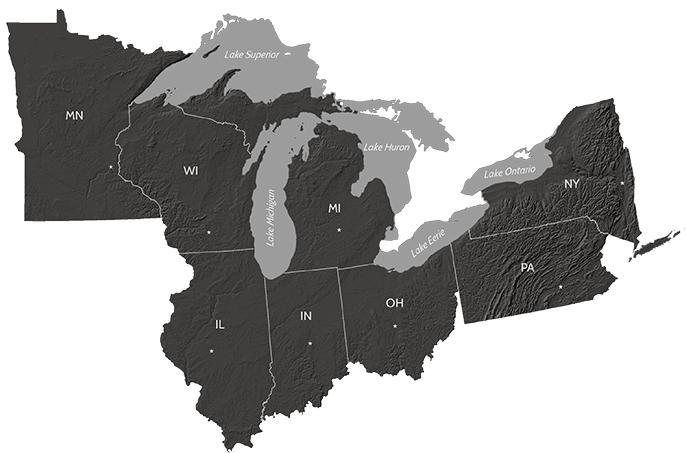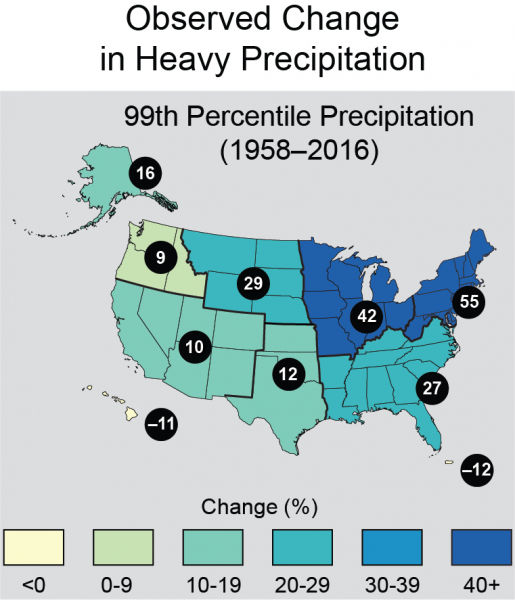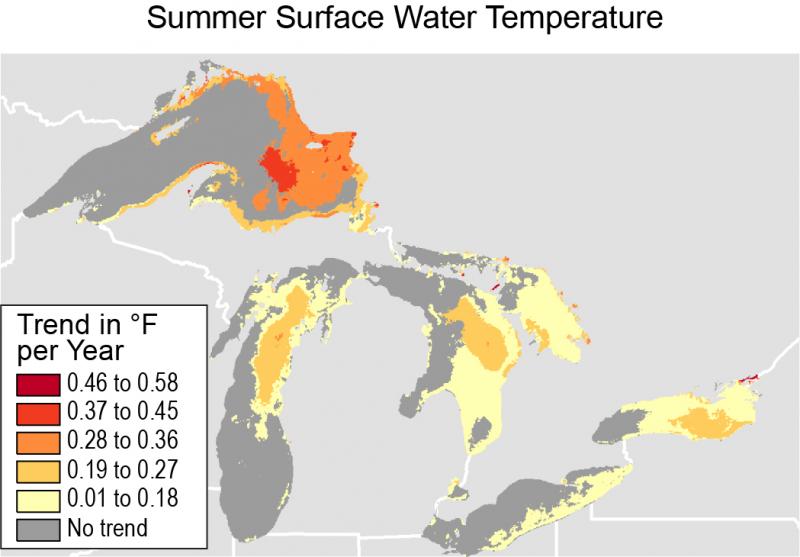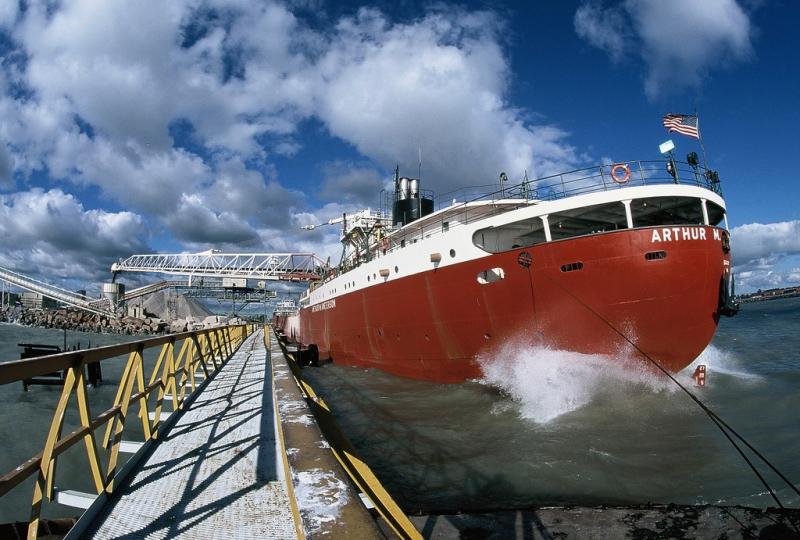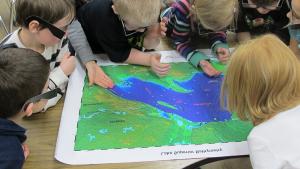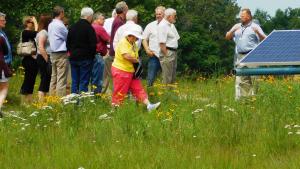Water levels in the Great Lakes fluctuate naturally, and it is more likely than not that levels will decline with a changing climate. Changes in lake levels can influence the amount of cargo that can be carried through them on ships. On average, a 1,000-foot ship sinks one inch lower in the water for every 270 tons of cargo it carries. If a ship is currently limited by water depth, any lowering of lake levels will result in a reduction in the amount of cargo it can transport to Great Lakes ports.
In addition, fluctuating lake levels influence how people use and interact with shorelines. During sustained low water periods, development marches closer to the lake, shorefront landowners “groom” emergent coastal wetlands, and increased navigational dredging is needed. When lake levels go up, erosion and flooding, particularly when coupled with storms, can threaten properties and public safety.
It’s unclear whether, or how much, a changing climate will affect lake levels in the future. Current estimates of lake level changes are uncertain; recent studies, along with a large spread in existing modeling results, indicate that projections of Great Lakes water levels represent evolving research and are still subject to considerable uncertainty.
An important seasonal event for biological activity in the lakes is the turnover of water, or destratification. This has historically occurred twice a year: during the fall as water temperature drops below 39°F, the point at which freshwater attains its maximum density, and again in the spring, when water temperature rises above that threshold. The mixing that occurs during these times carries oxygen down from the surface and nutrients up from the bottom. Climate projections suggest that the overturn in spring, which triggers the start of the aquatic "growing season," will happen earlier and that the fall overturn will happen later. As the duration of the stratified period increases, the risk of impacts from low oxygen levels at depth and lack of nutrient at the surface increases, which can potentially lead to declines in species populations in both zones.

